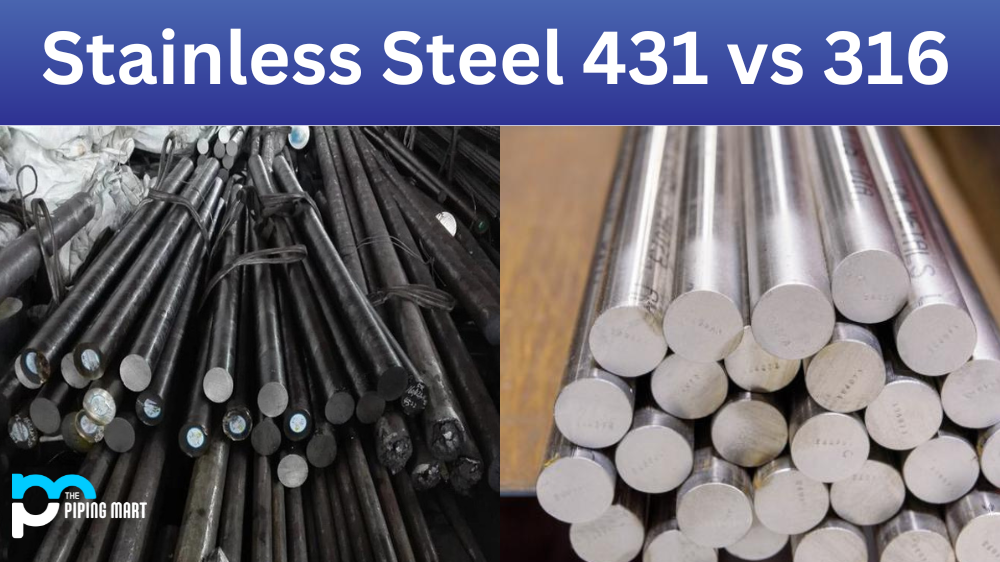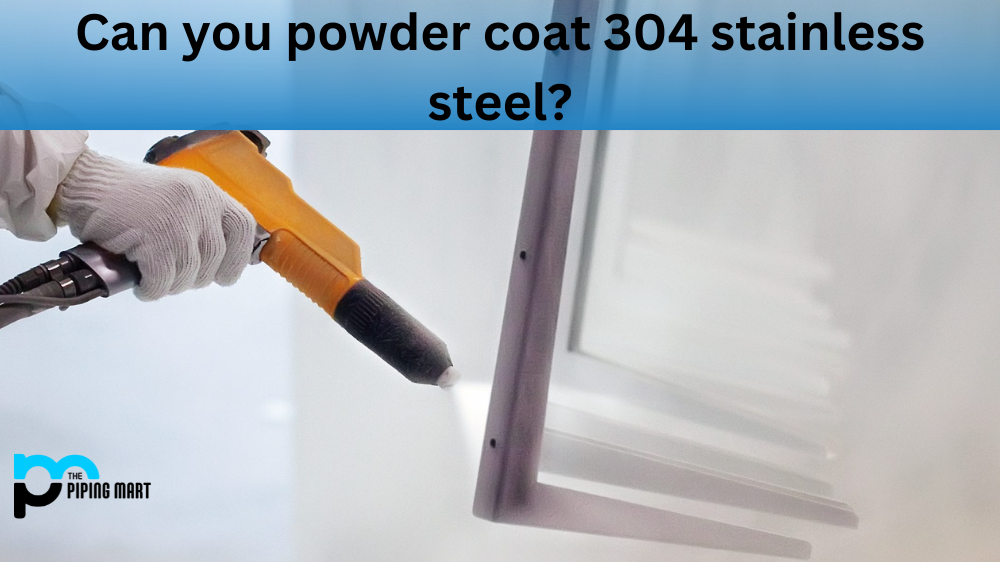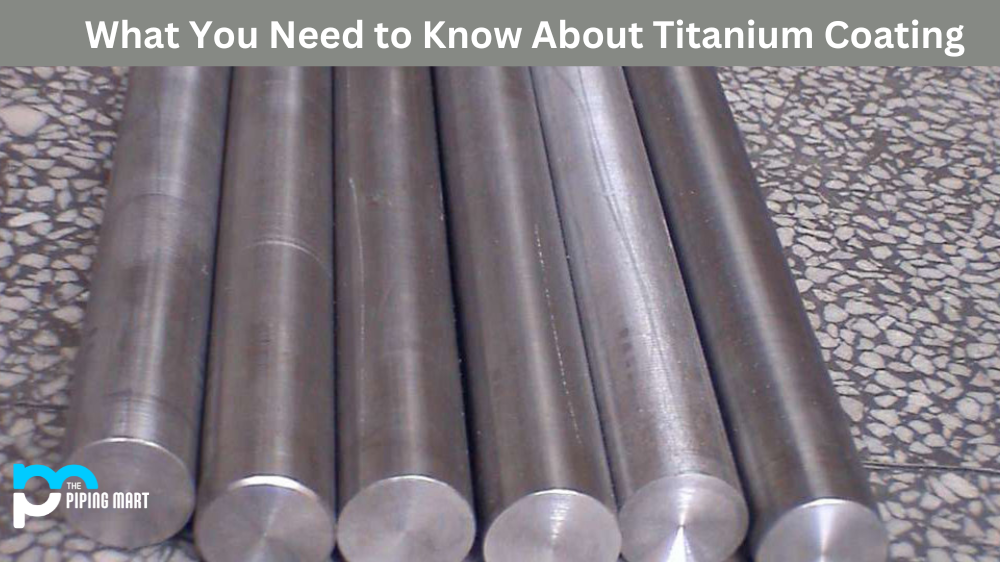When choosing a stainless steel for your project, there are countless options available. Two of the most popular grades of stainless steel are 431 and 316. But what makes these two grades different? Let’s take a closer look at each grade and compare them side-by-side.
Stainless Steel 431
Stainless steel 431 is a high chromium-low nickel grade that offers excellent corrosion resistance combined with superior heat resistance and strength. It has the highest corrosion resistance of all martensitic stainless steels and can be used in temperatures up to 870°C (1600°F). Its high tensile strength makes it ideal for heavy-duty applications such as valves, fasteners, and marine components.
Stainless Steel 316
Stainless steel 316 is a higher grade stainless steel than 304 or 430. It has excellent corrosion resistance in extreme environments like salt water and coastal conditions. It also offers good resistance to acids, alkalis, and chlorides, making it an ideal choice for machinery parts exposed to corrosive liquids or gases. Due to its relative hardness compared to other austenitic grades, 316 is highly resistant to stress cracking when exposed to high temperatures or extreme pressures. Additionally, unlike 431, 316 can be welded easily due to its low carbon content.
Difference Between Stainless Steel 431 and 316
431 is more resistant to corrosion than 316
One of the primary benefits of 431 stainless steel is that it is more resistant to corrosion than 316 stainless steel. This is due to the higher chromium content in 431 stainless steel, which forms a protective oxide layer on the metal’s surface that helps prevent corrosion.
431 is tougher than 316
431 stainless steel is also tougher than 316 stainless steel. This means it is less likely to crack or break under high stress. This makes 431 ideal for applications where high strength is required, such as in fasteners and valves.
431 has better weldability than 316
431 stainless steel also has better weldability than 316 stainless steel. This is due to the lower carbon content in 431, which prevents the formation of carbides during welding. Carbides can make welds brittle and susceptible to cracking.
431 has better machinability than 316
431 stainless steel also has better machinability than 316 stainless steel. This is due to the higher sulfur content in 431, which helps to lubricate the cutting tools and prevent a built-up edge (BUE). BUE can cause tool wear and premature tool failure.
431 is more expensive than 316
One downside of 431 stainless steel is that it is more expensive than 316 stainless steel. This is due to the higher chromium and nickel content in 431, which increases the cost of production.
Conclusion:
To conclude, hardness is not the only factor in assessing the durability of stainless steel design. We must weigh all elements like corrosion resistance, strength, and others. In this case, Stainless Steel 431 is more corrosion-resistant than Stainless Steel 316. This can be safely deduced from the results mentioned in this blog post and should be considered when weighing options for your metal products or structural components. Knowing the properties of both steels and using them to your advantage is paramount for making a quality product. Remember which metal is more corrosion-resistant when you decide – Stainless Steel 431 or Stainless Steel 316? The answer lies before you – you need to make the right choice!

A passionate metal industry expert and blogger. With over 5 years of experience in the field, Palak brings a wealth of knowledge and insight to her writing. Whether discussing the latest trends in the metal industry or sharing tips, she is dedicated to helping others succeed in the metal industry.




